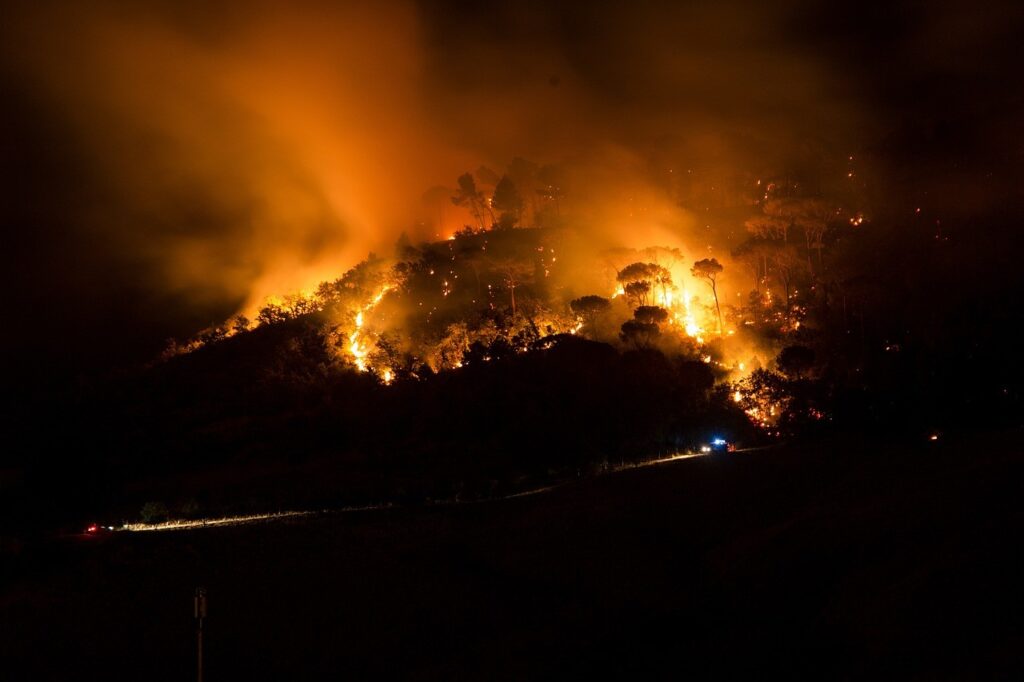In the United States, the protocol for wildland firefighters responding to entrapment in wildfires is based on established practices and detailed safety procedures, primarily derived from lessons learned from past incidents. A key component of these protocols is the 10 Rules of Wildland Firefighting, the 18 Watch Out Situations, and the use of Safety Zones and Personal Protective Equipment (PPE). Some key aspects of these protocols are described below:
- 10 Rules of Wildland Firefighting: These rules provide a basis for making safe decisions in the field. They include staying informed about fire and weather conditions, knowing escape instructions and safety zones, and remaining alert, calm, and assertive in potentially dangerous situations.
- 18 Watch Out Situations: This set of situations alerts firefighters to specific conditions or configurations during fires that have led to entrapment or dangerous situations in the past. These include sudden changes in fire behavior, being in difficult-to-escape areas, and the presence of fire below on steep terrain.
- Safety Zones and Escape Routes: Clear identification and communication of safety zones and escape routes are crucial. Safety zones are areas that offer protection from fire, such as already burned areas, areas with no vegetation, or areas with very low vegetation. Escape routes are planned and safe paths to move toward these safety zones.
- Personal Protective Equipment (PPE): The proper use of PPE, including personal fire shelters, is essential for protection in the event of entrapment. These shelters are last-resort devices designed to reflect radiant heat and provide breathable air in extreme situations.
- LOOKOUTS-COMMUNICATIONS-ESCAPE ROUTES-SAFETY ZONES (LCES): This acronym summarizes the essential components of wildland firefighting safety: Lookouts, Communications, Escape Routes, and Safety Zones. All of these elements must be established and clearly communicated before and during firefighting operations.
- Training and Drills: Regular training and entrapment drills are critical to preparing wildland firefighters to respond appropriately in emergency situations.
These protocols and practices are designed to minimize the risk of entrapment and improve the chances of survival should they occur. Ongoing training, risk assessment, and informed decision-making are essential components of the safety strategy for wildland firefighters in the United States.
